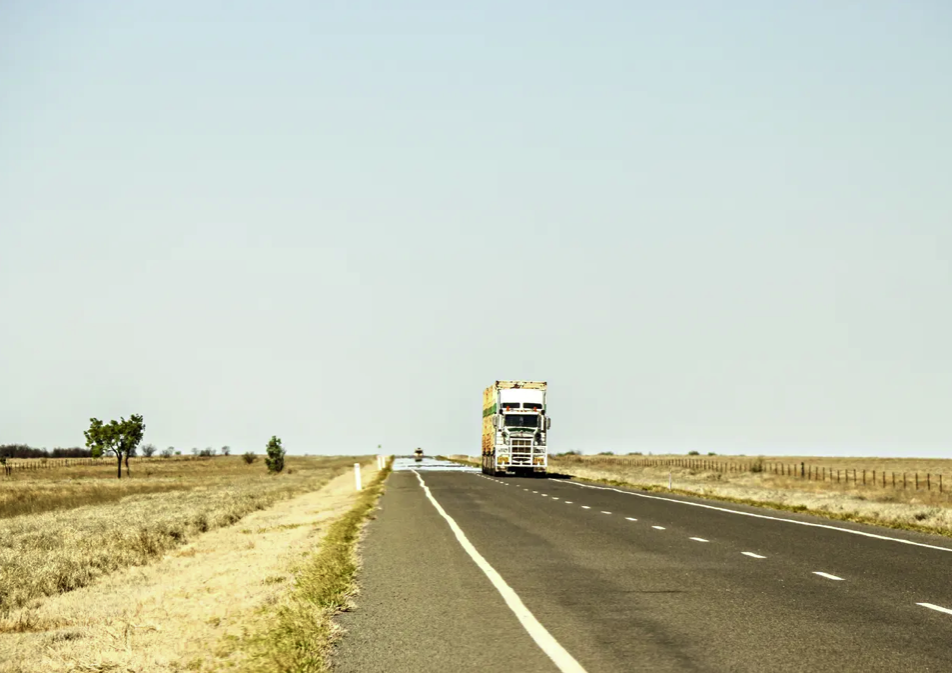The amount of freight moved by train across Australia has plummeted, with just 2% of goods now transported between Sydney and Melbourne by rail amid concern at the pollution and safety risks caused by the surging number of trucks on highways.
Rail is still a popular mode of transport for mining and resource companies across the country. Strong private investment in tracks has resulted in 72% of bulk goods, such as iron ore, coal and other commodities in Australia, being transported domestically by rail compared with 12% transported by road, according to figures for 2021-22 from the Bureau of Infrastructure and Transport Research Economics (Bitre).
However, trucking has gained serious momentum when it comes to the transport of non-bulk freight, a broad category which includes foods, drinks, produce, post, manufactured goods and most other items.
In 1976-77, trains transported 22.8% of domestic non-bulk freight in Australia, while trucks took 65.5%.
By 2021-22, trains transported 16.7% of domestic non-bulk freight, with trucks taking 79.8%. Coastal shipping has also dropped significantly, from about 13% in the mid-1970s to less than 4% in recent figures.
The decline in popularity of rail for freight is most pronounced on shorter intercity corridors. In the 1970s, about 40% of non-bulk freight between Melbourne and Sydney was taken by rail, according to Bitre data from the time.
Why is rail less competitive?
Recent flooding events across the country have highlighted what the industry says has been long-term neglect of key freight rail infrastructure.
On Tuesday, a section of freight rail track between Parkes and Broken Hill reopened after flooding damaged the track in October. Freight services between the east and west coast were rerouted through Melbourne, adding 16 hours to the trip time. Flooding has shuttered several other key rail corridors in recent months.

Marion Terrill, transport and cities program director at the Grattan Institute, said that after decades of strong investment in major highways, rail has become a less competitive freight option.
“One thing that’s happened in the past 30 years is there’s been a lot of upgrades to the highways, particularly the Hume, the Bruce and the Pacific have had a massive amount of money ploughed into them into the 80s and 90s and they’re now really good roads. Some used to be single carriageways in parts, and overtaking wasn’t great,” she said.
“Nothing like that kind of investment in roads has happened for rail in recent decades.”
- Sign up for Guardian Australia’s free morning and afternoon email newsletters for your daily news roundup
Trucks can now move freight between Sydney and Melbourne within 10 hours, while the rail option takes at least 13 hours, plus the time taken to unload and deliver the freight to its final destination.
While Terrill noted recent government investments in a range of freight rail corridors including the Inland Rail project, she said there were questions over whether it would make rail a sufficiently attractive option to increase its share.
In terms of fuel, rail is cheaper to transport goods than by road. Trucks on the Sydney to Melbourne corridor are estimated to use 19 litres of diesel per tonne of freight for every 100km, as opposed to about 7.5 litres for rail.
However, other costs for rail include requiring trucks to deliver to the final destination, which often means rail is only a standout option over long distances. Terrill notes rail freight’s most competitive route in Australia is across the Nullarbor.
Source: The Guardian
